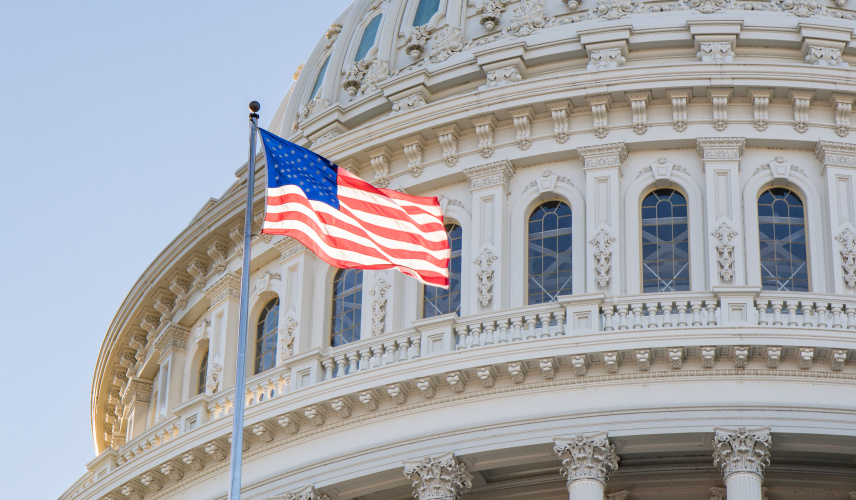
Published on : November 23, 2024
The United States is on the brink of introducing a new immigration pathway called the Heartland Visa (HV). It is aimed at attracting highly skilled foreign workers, entrepreneurs, and innovators to economically distressed regions in the country's heartland. The initiative is gaining momentum, having received official backing from the U.S. Conference of Mayors, with bipartisan support to urge Congress to create this visa program.
This new visa is designed to breathe fresh life into deindustrialized and economically stagnant areas that have been largely overlooked by the traditional U.S. immigration system.
The Heartland Visa was conceived by the Economic Innovation Group (EIG), a bipartisan public policy organization focused on economic revitalization. Its core goal is to distribute the economic benefits of skilled immigration more evenly across the U.S. Currently, skilled immigrants—responsible for creating new jobs, advancing technological innovation, and solving critical challenges—are largely concentrated in major urban centers on the coasts.
According to EIG, a mere 4.4% of highly educated immigrants live in heartland regions, while about 20% of the U.S. population resides in these areas.
Additionally, an EIG report highlights that immigrants contribute significantly to the U.S. economy by starting businesses at twice the rate of native-born Americans. Hence, it helps drive local and national job creation. The Heartland Visa aims to correct the imbalance by incentivizing skilled foreign workers to move to regions that have suffered from population decline and economic stagnation.
The proposed Heartland Visa is unique in its approach and offers several features designed to attract both communities and skilled immigrants. Here are the key elements:
Research indicates that high-skilled immigrants are crucial for driving innovation and economic growth. Despite making up only 14% of the U.S. population, they account for 35% of U.S.-based inventors and are significantly more likely to start new businesses compared to their native-born counterparts. The HV program aims to unlock this potential in regions that have been sidelined in the national economic narrative.
By drawing skilled immigrants to struggling areas, the program could lead to an increase in entrepreneurship, boosting local economies and job creation. High-skilled workers not only contribute to the workforce but also stimulate demand for goods and services, benefitting lower-skilled native workers and enhancing overall wages in the area.
Moreover, high-skilled immigrants contribute significantly to local and state tax bases, helping to alleviate the fiscal pressures faced by municipalities in declining regions. Each skilled immigrant with a bachelor’s degree reportedly adds $105,000 to the fiscal balance of state and local governments over 75 years, a much-needed boost for areas suffering from shrinking tax bases.
According to EIG, immigrants were responsible for 30% to 50% of all productivity growth in the U.S. between 1990 and 2010, and they start one-quarter of all new businesses. Moreover, 44% of Fortune 500 companies were founded by immigrants or their children, further highlighting the immense contributions of foreign-born individuals to the U.S. economy.
However, the distribution of these economic benefits has been highly uneven. The majority of skilled immigrants reside in coastal metropolitan areas like New York, San Francisco, and Los Angeles, leaving vast regions of the country, particularly in the Midwest and South, with a shortage of skilled workers. The Heartland Visa seeks to redress this imbalance by providing an immigration pathway specifically tailored to regions that have historically been left behind in the economic growth seen in larger urban centers.
The Heartland Visa is seen as a potential solution to the economic stagnation experienced by many areas in the U.S. heartland, which have been hit hard by deindustrialization, population loss, and the decline of key industries like manufacturing. By encouraging highly skilled workers to settle in these regions, the program aims to stimulate economic growth, create new jobs, and help revive struggling local economies.
Eligible counties will be those with demonstrated population declines, higher poverty rates, and lower median incomes compared to more prosperous areas. The program will specifically exclude counties with restrictive housing markets that could hinder immigrants from settling and thriving.
The Heartland Visa represents a major shift in U.S. immigration policy, as it focuses on local economic revitalization and gives communities a say in how immigration affects their region. Unlike existing immigration pathways that often concentrate skilled workers in a few major metropolitan areas, the Heartland Visa seeks to spread the benefits of skilled immigration more evenly across the country. It provides a streamlined process for immigrants seeking permanent residency, while also empowering local communities to attract the talent they need to thrive.
Topics: USA
Canada Hikes Study Permit Financial Threshold: What You Must Know
At Kansas Overseas, we go beyond guiding applicants—we empower them with...
Kansas Overseas Careers Pvt Ltd is NOT a RECRUITMENT / PLACEMENT AGENCY, we neither assist in any kind of Job / employment offers nor do guarantee any kind of domestic/International placements.
Eligibility Check
Canada PR Calculator
Australia PR Points
Visit Visa
Germany
Hong Kong
Services
Migrate
Study
Counselling
Online Payment